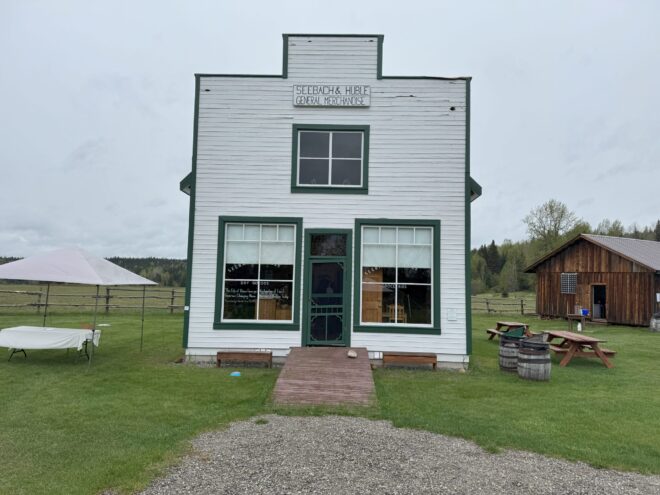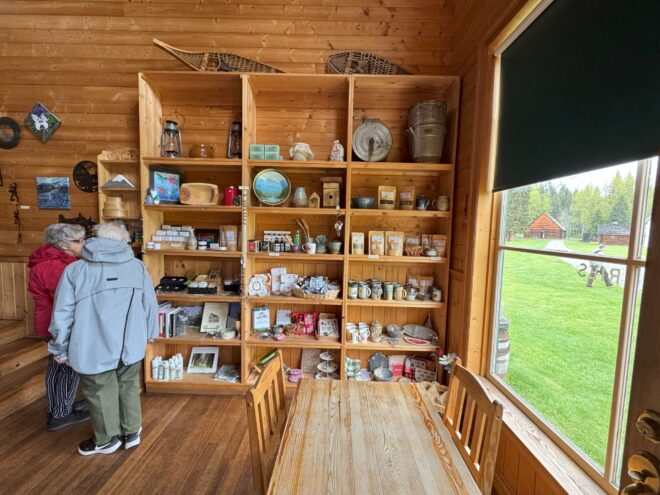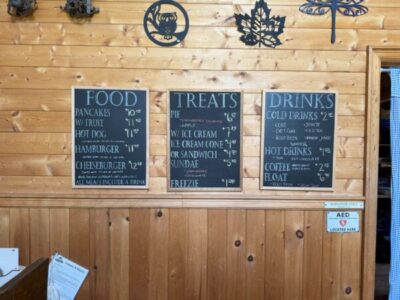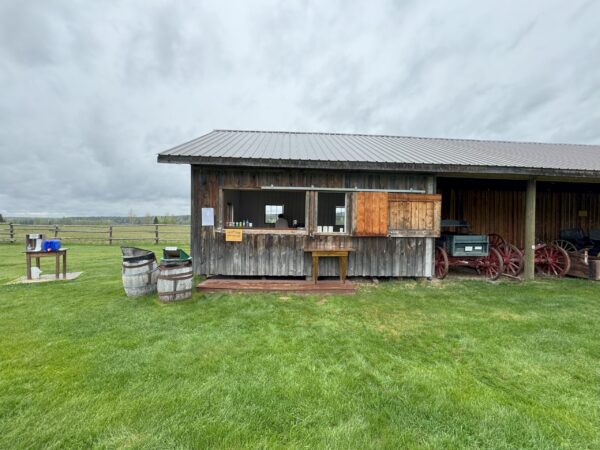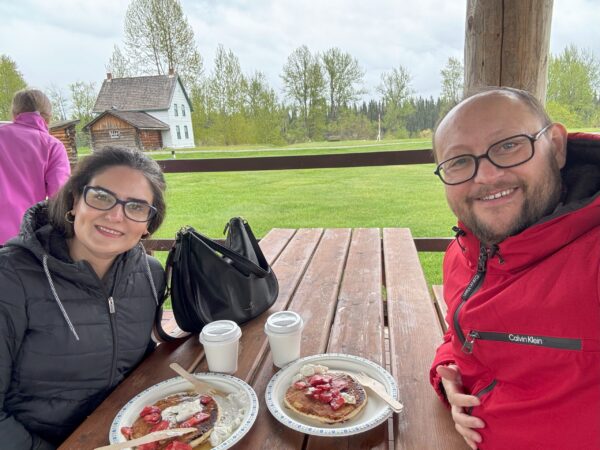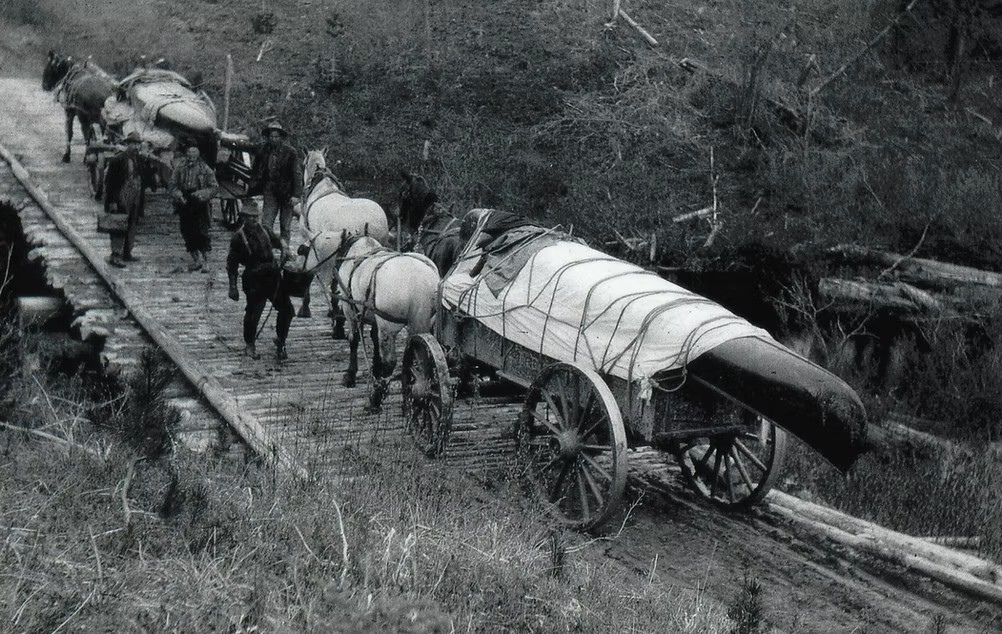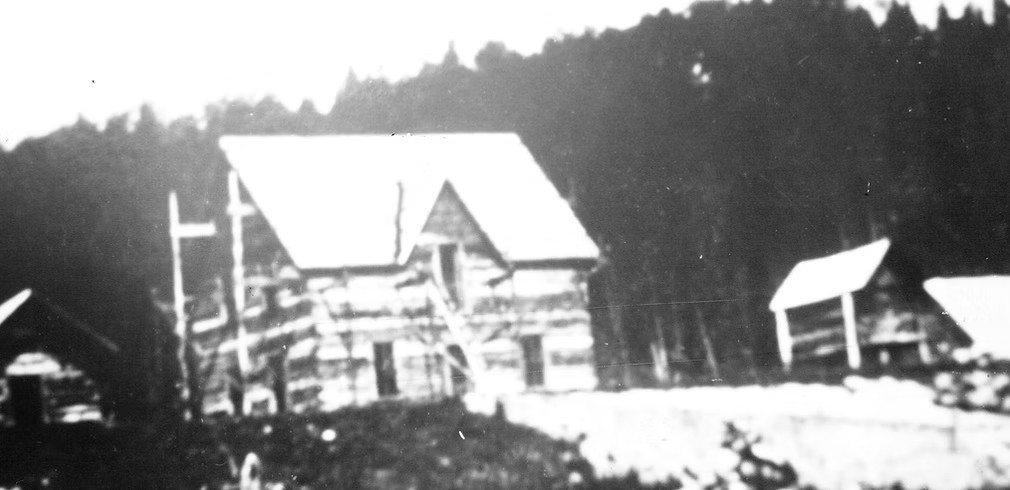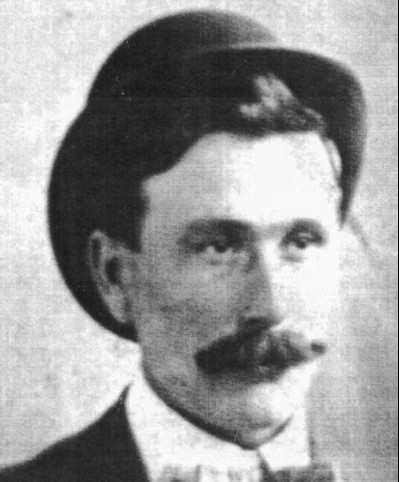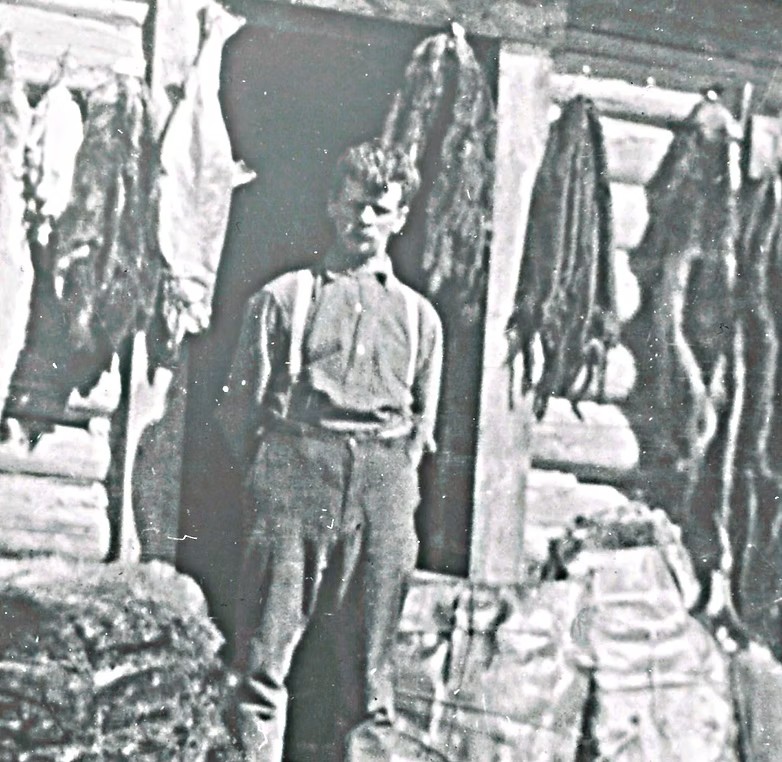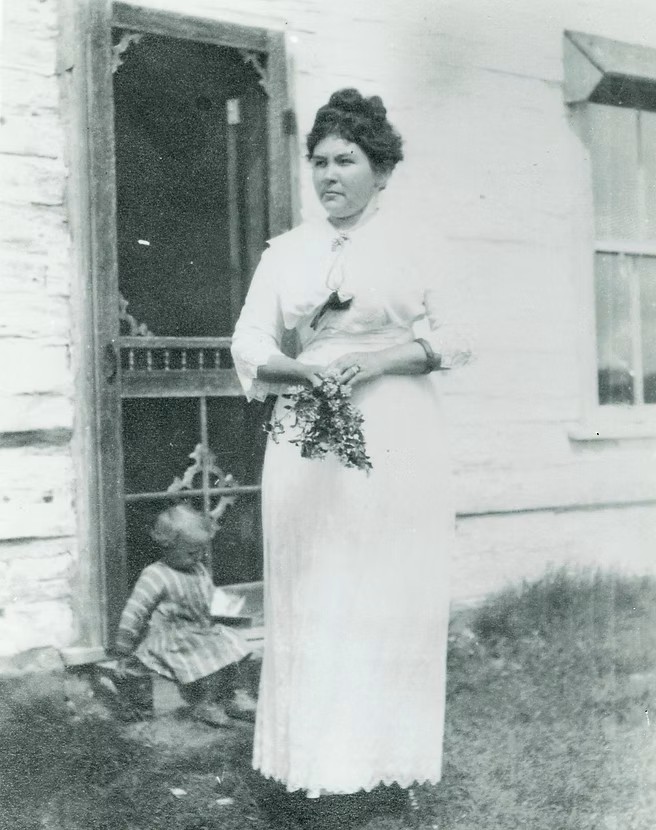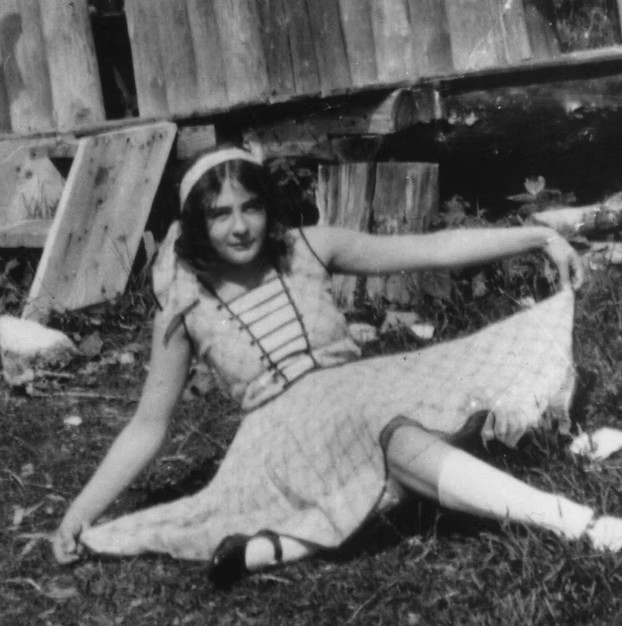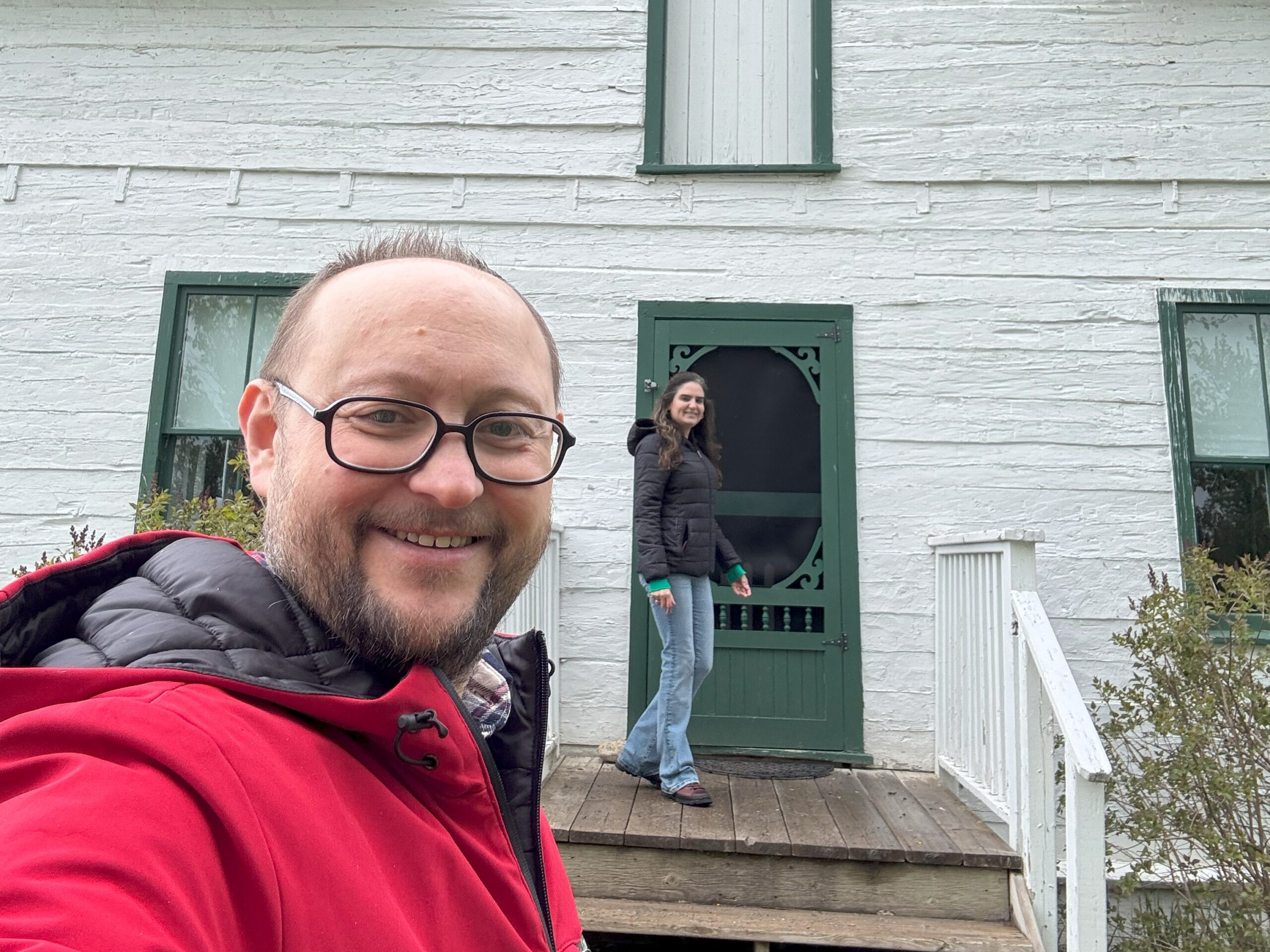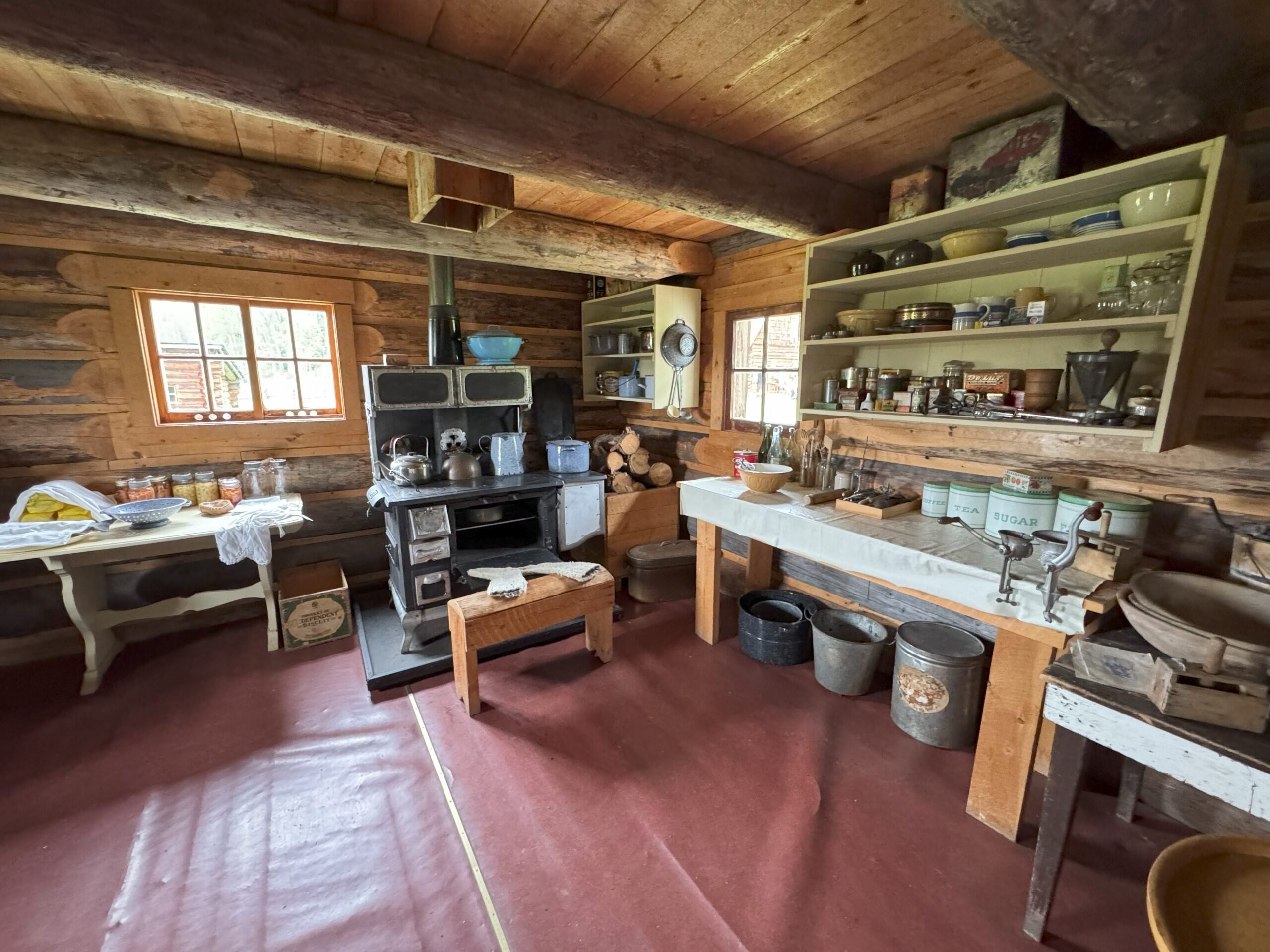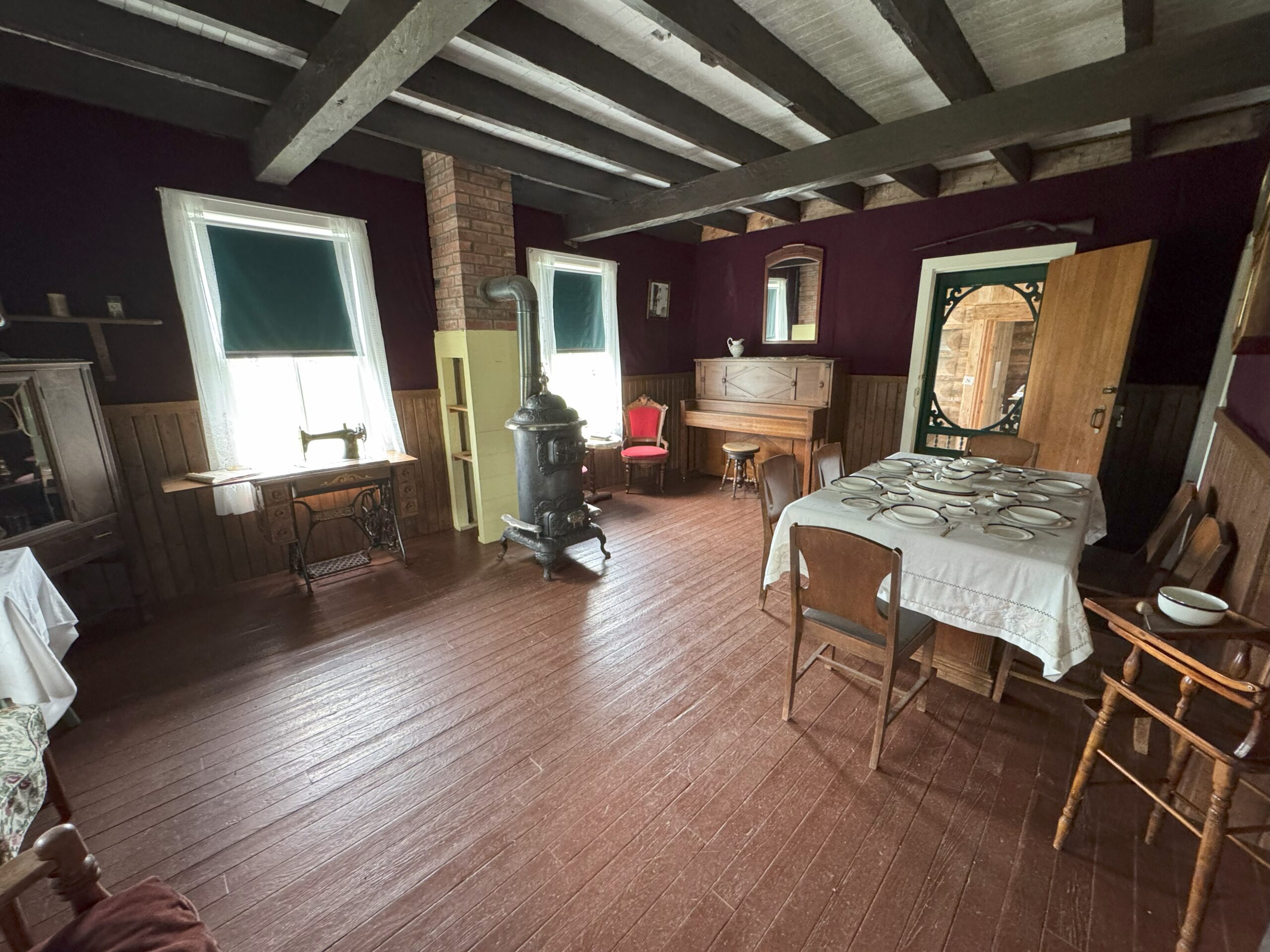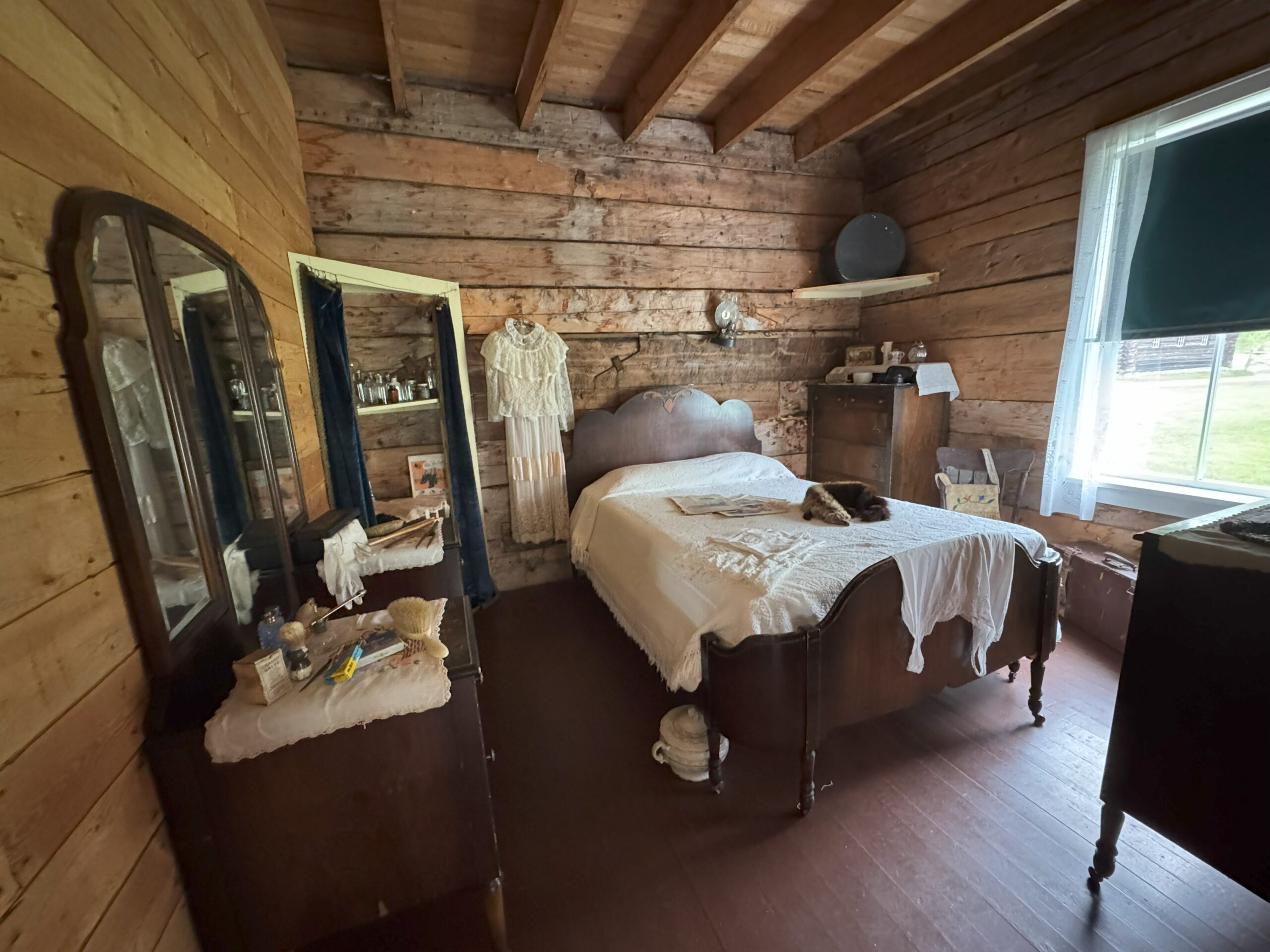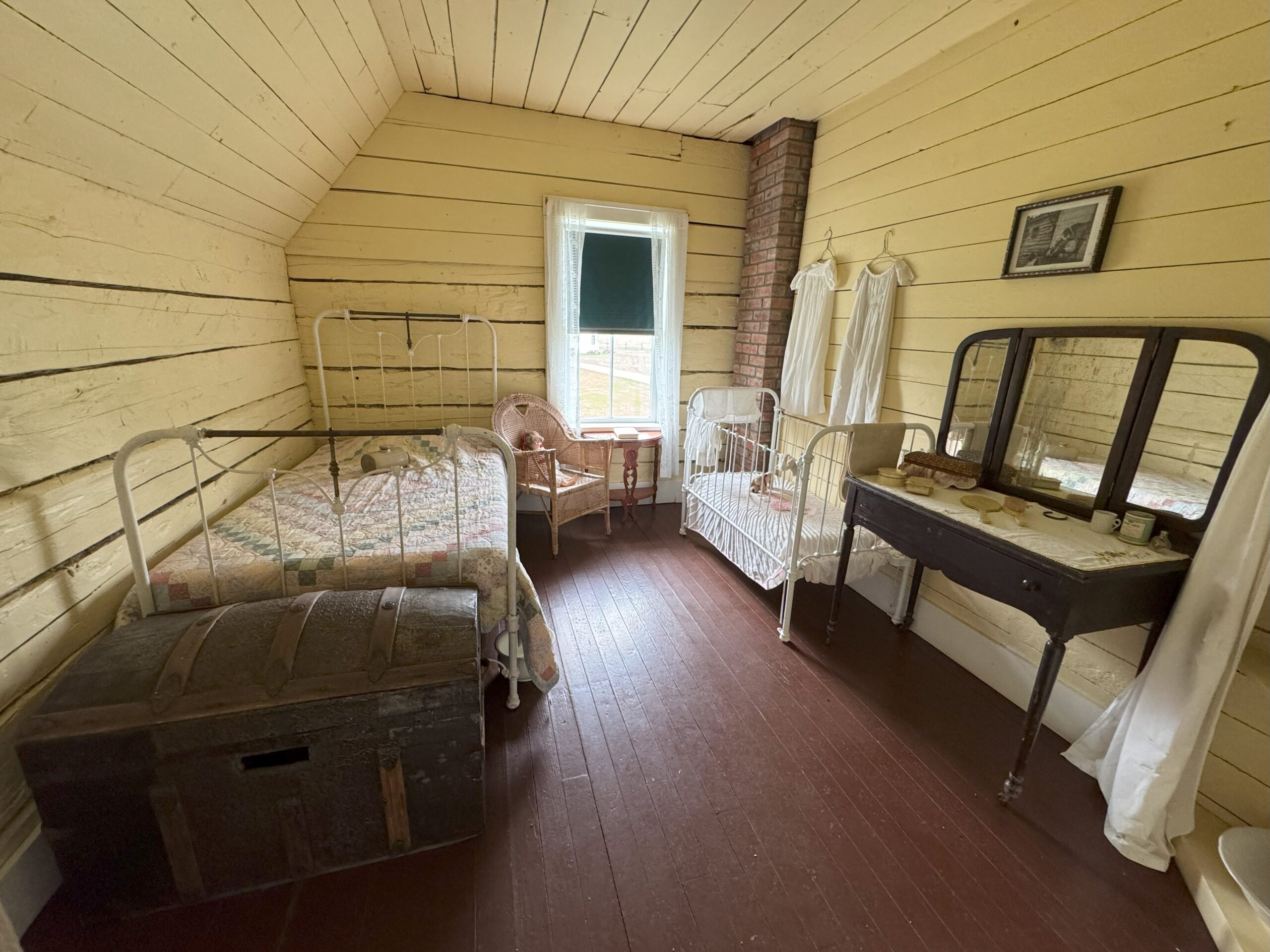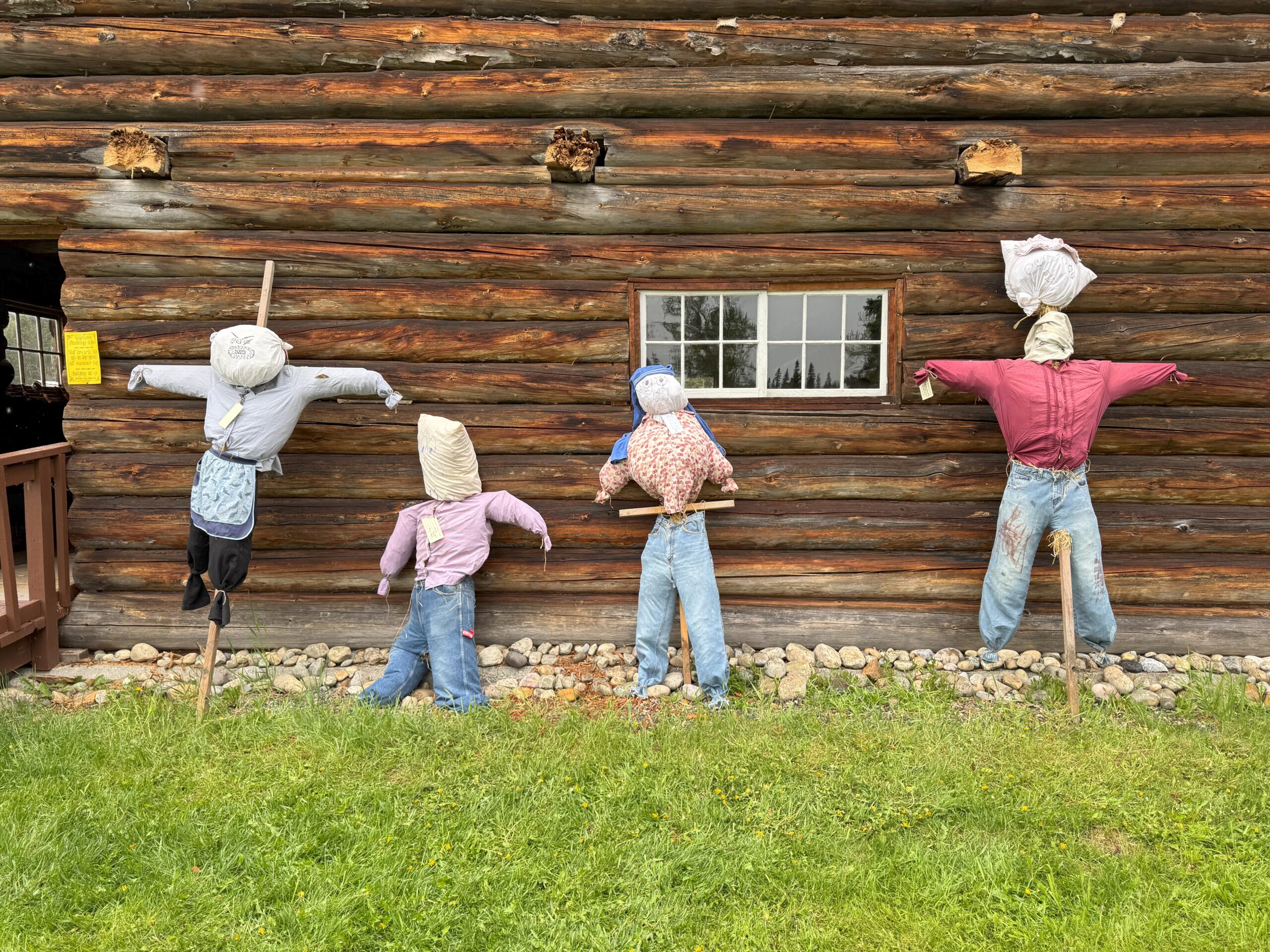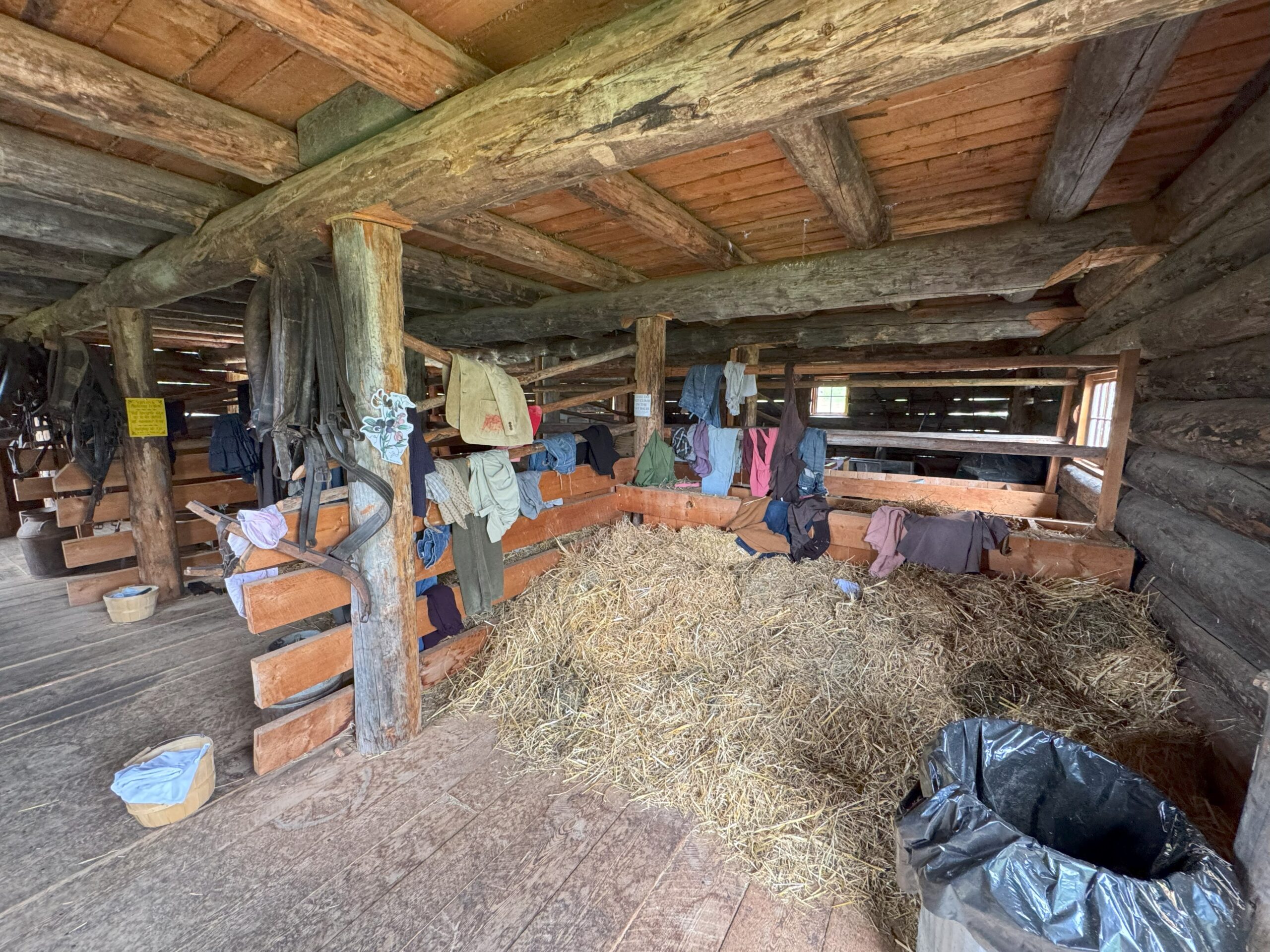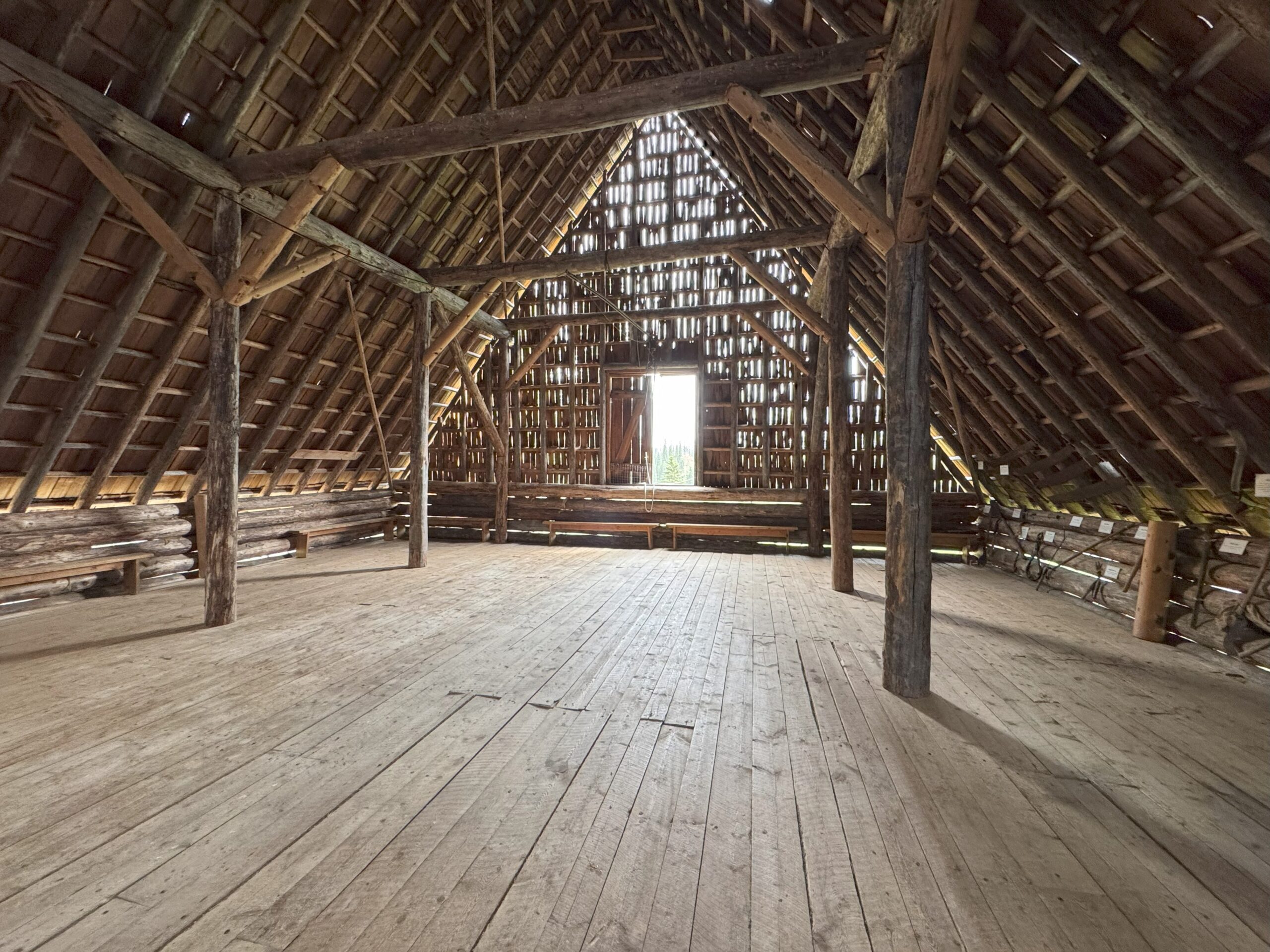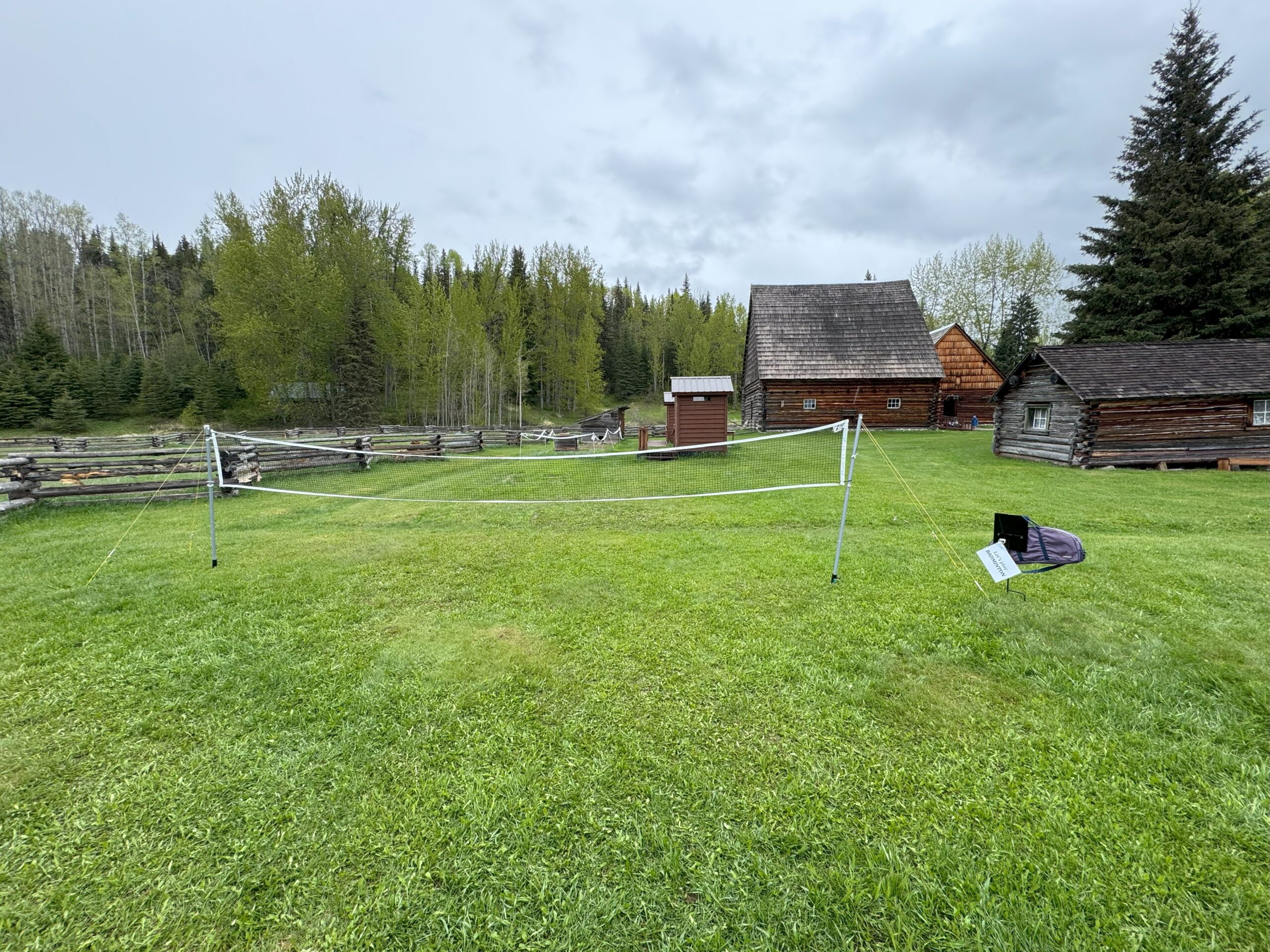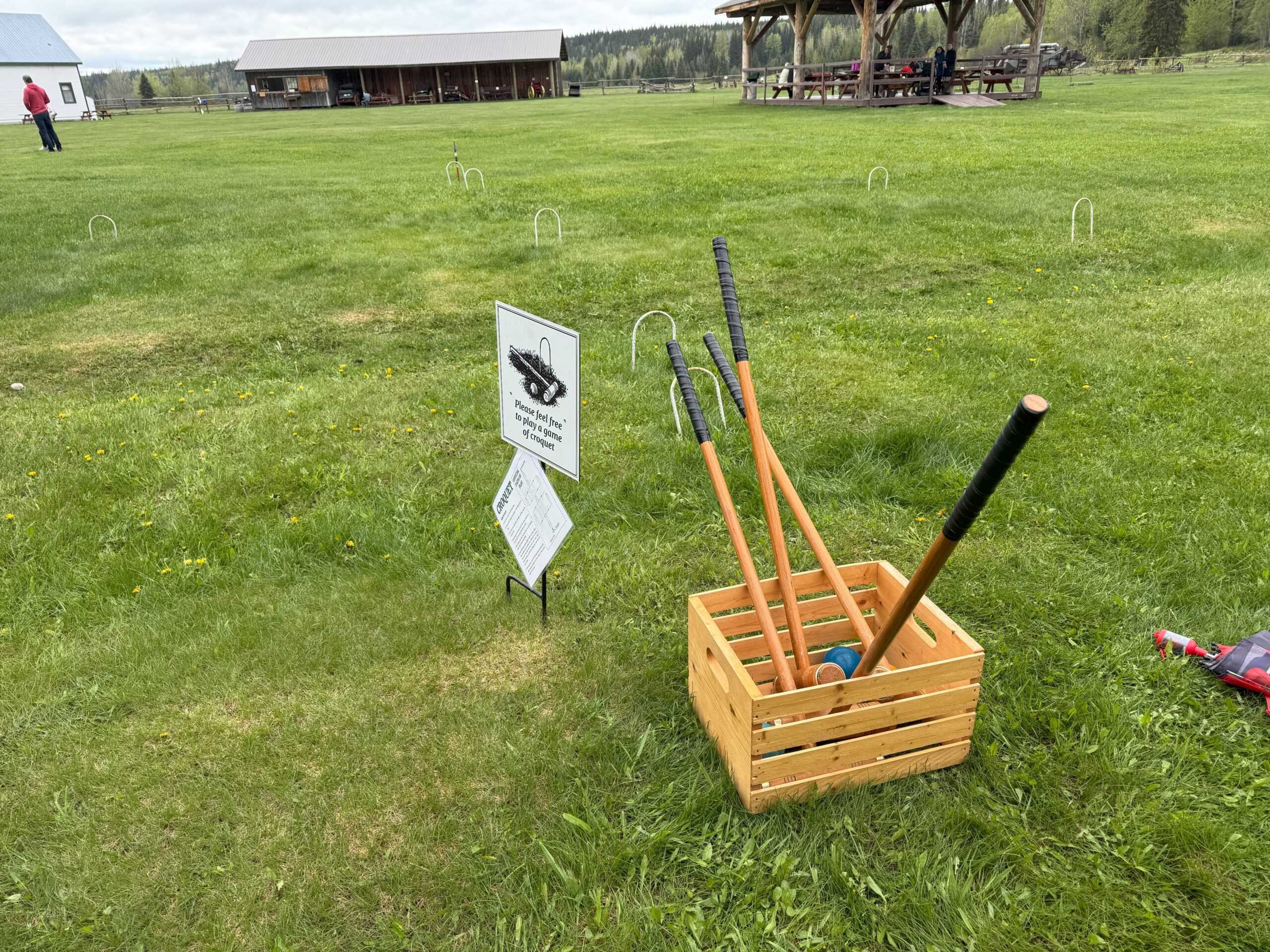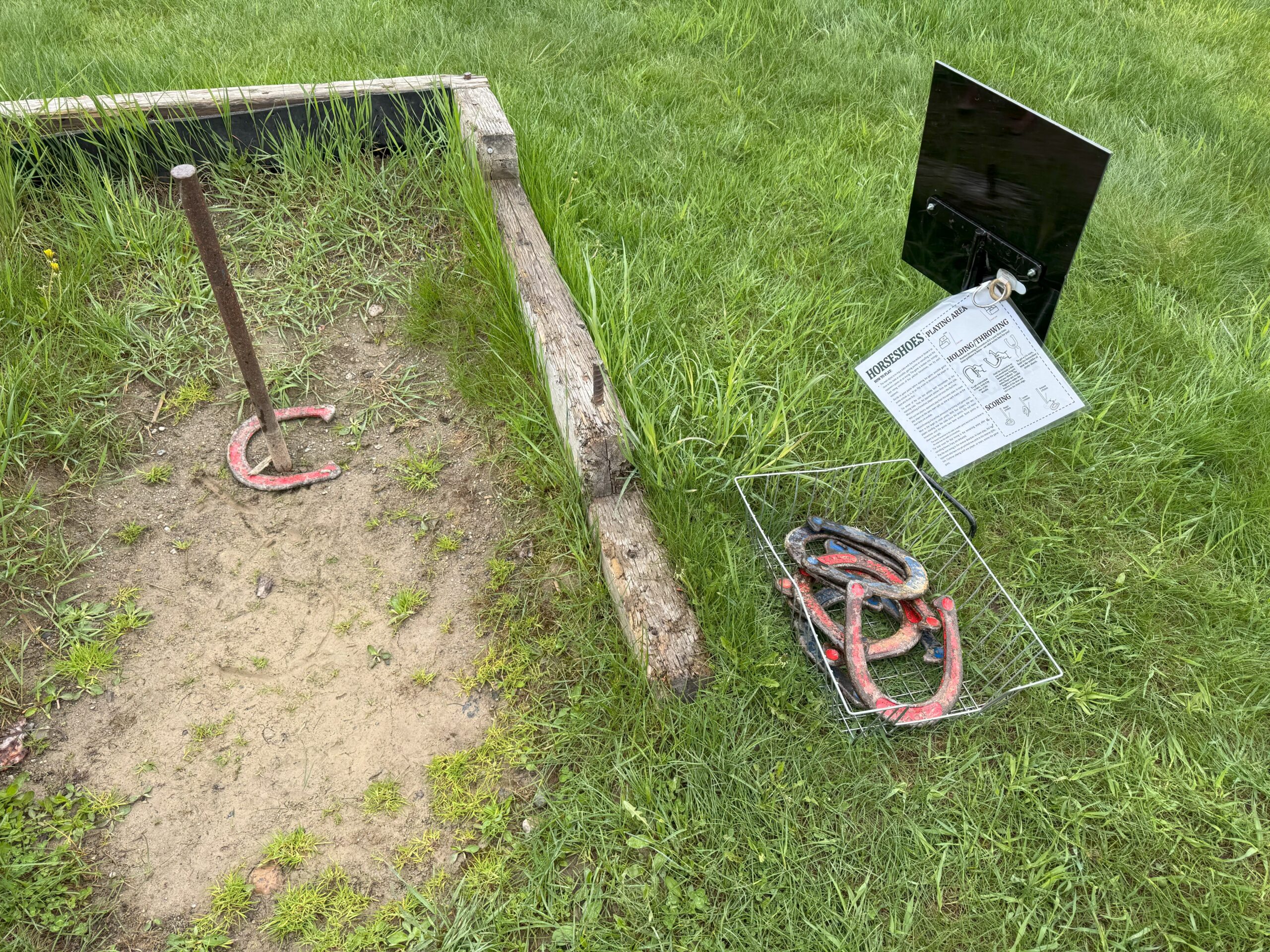The weekend had arrived, and as we wondered, “What should we do in Prince George?” we remembered Huble Homestead Historical Site, a place we had been meaning to visit for a while but kept postponing. You know those places you always say, “We’ll go one day,” but somehow never do? This was one of them. We’d planned to go a few times before, but bad weather or other plans always got in the way. This time, we finally said, “That’s it, we’re going!” and off we went.
Where is Huble Homestead?
Huble Homestead is located about 45 km north of Prince George, not too far from the city. In fact, by Canadian travel standards, it’s actually quite close. Since it was such a short drive, we decided to skip breakfast at home and have it there instead.
To reach Huble Homestead, you take the John Hart Highway (Highway 97). The road is wide and smooth, making for a comfortable drive. There was some rain along the way, so we had to slow down occasionally. After about 40 km, we reached the Mitchell Road turnoff, which, according to the map, was our entry point. Mitchell Road is unpaved, but since this final stretch is only about 5 km, it wasn’t a big deal. Driving slowly and carefully, we arrived right at the entrance to Huble Homestead.
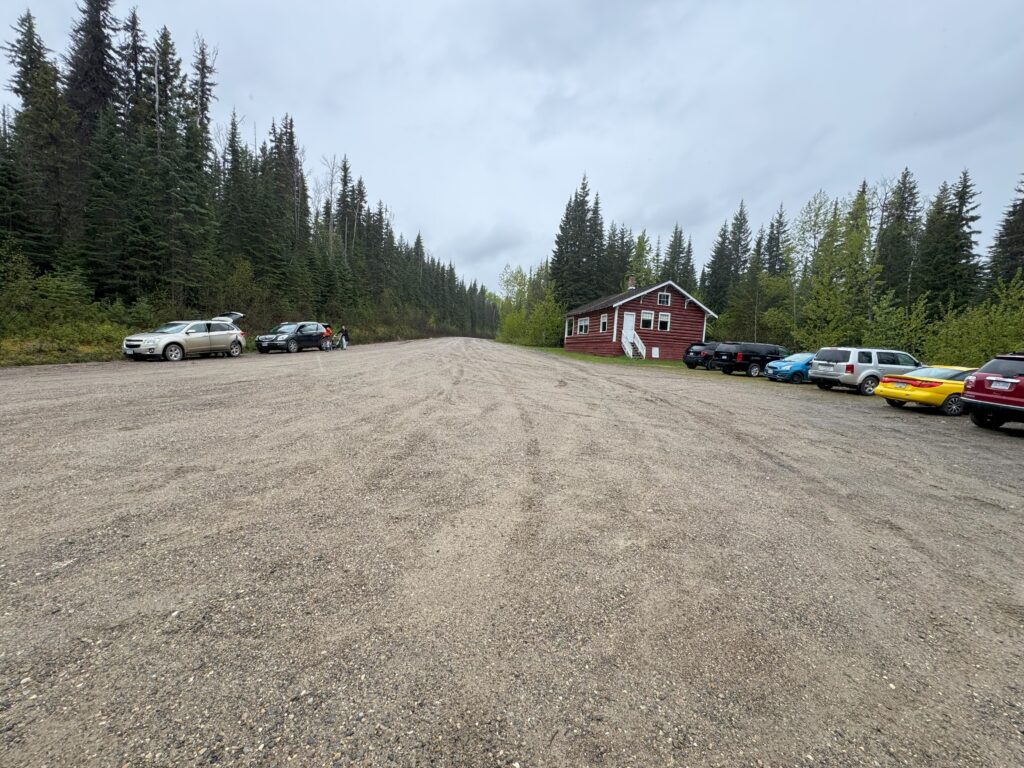
Arriving to Huble Homestead
There’s a large parking lot at the entrance to Huble Homestead, where we parked our car before starting the walk to the historic site. It’s about a 250-meter downhill path from there. For visitors with mobility issues, there’s also an accessible parking area right next to the entrance.
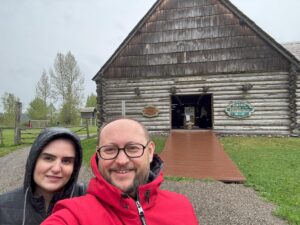
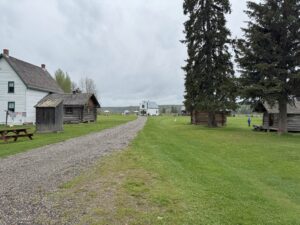
Two women in vintage clothing greeted us at the entrance to Huble Homestead. When we asked about the entrance fee, they explained that there was no formal ticket required. Instead, staff encouraged visitors to make a donation to support the maintenance and operation of the site. They suggested an amount was $5 per adult.
Breakfast at Huble Homstead
As soon as we entered the historic site, our priority was breakfast. So, we headed straight to the market at Huble Homestead. This building originally served as the market when the homestead was first established, and with its wooden textures and the items inside it still carries the atmosphere of that time.
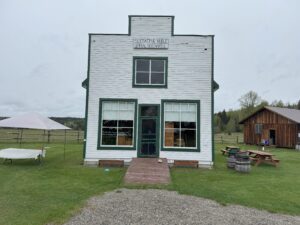
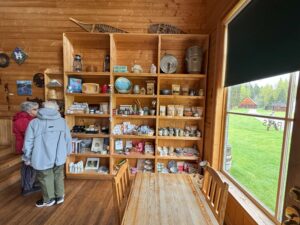
When we looked at the breakfast menu, the pancake with fruit for $11.50 seemed like the best option. The price felt a bit high, so we asked how many pieces were included. The attendant told us it was two pancakes, but large enough for two people. Once we found out that coffee was included for free, we decided to place our order.
After paying and getting our receipt, we walked over to the wooden structure behind the market where the food was served. Just a few minutes after handing in our receipt, our breakfast was ready. We took our food and headed to the picnic shelter, where we enjoyed our meal in a peaceful setting. A quick note: if you’re thinking of having lunch, it’s useful to know that there are alternatives on the menu such as hamburgers and hot dogs.
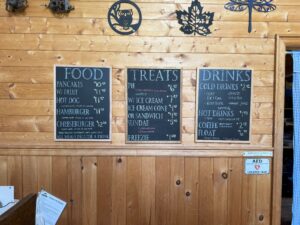
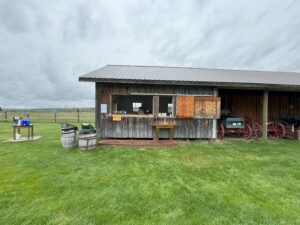
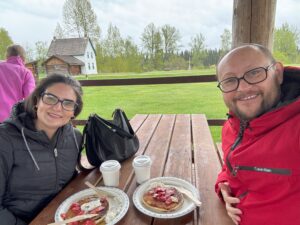
History of Huble Homestead
Now that we were full, it felt like the perfect time to share a bit of the history behind this place. British Columbia is crisscrossed with trails that Indigenous peoples used for travel and trade for centuries. One of those trails passes through the area where Huble Homestead now stands. With the gold rush of the 1860s, these routes saw increased use as more people moved through the region.
Over time, the growing activity in the area caught the attention of a few individuals, including trappers Albert Huble and Edward Seebach. Recognizing the potential, these entrepreneurs established a store on this riverside land in 1905. Within a few years, the store became a popular stop for merchants, travelers, and even steamboats navigating the river.
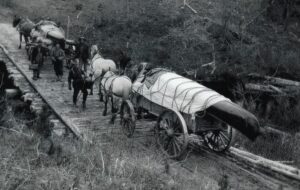
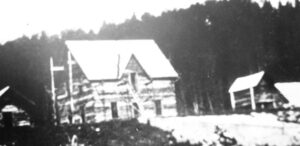
As the area grew more popular, the tide suddenly turned in 1919 with the completion of a train route on a different path. The market and surrounding area, once bustling, gradually became deserted as fewer people stopped by. As a result, the family moved away and settled in Prince George.
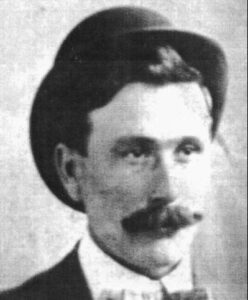
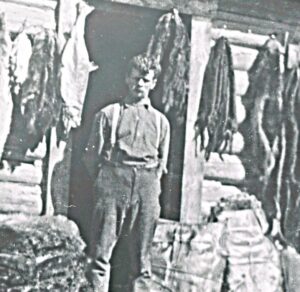
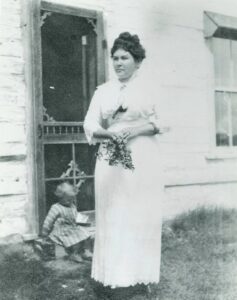
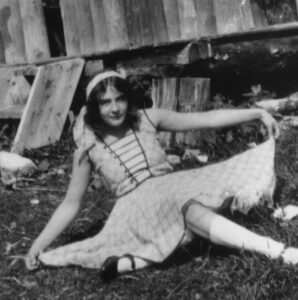
All six black and white photographs used under this title belong to The Huble Homestead / Giscome Portage Heritage Society and are used with their consent. © The Huble Homestead / Giscome Portage Heritage Society . All rights reserved.
Over the years, the property changed hands several times until, in 1984, it was purchased by volunteers determined to preserve the site. In 1989, they established the Huble Homestead Historic Site and Giscome Portage Regional Park, transforming the area into a cultural center that keeps its history alive.
If you’re curious about photographs and document archives related to Huble Homestead, you can browse the online collection of the Exploration Place Museum. CLICK HERE!
What to See at Huble Homestead?
At Huble Homestead, you can experience many details of daily life in the 1900s. For example, the products in the shop selling to travelers, the daily and personal items in the landowners’ homes, the farm tools in the barn, and many more. All of these take you back to the early 1900s, even if only for a moment.
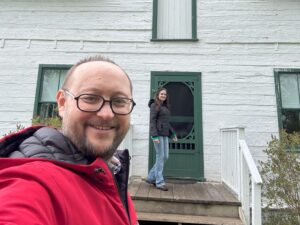
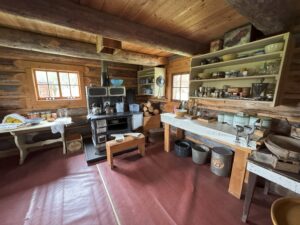
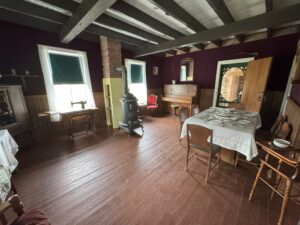
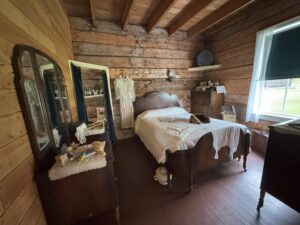
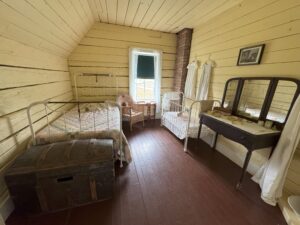
The animal barn at Huble Homestead offer a glimpse into early agricultural life, showcasing where livestock were kept and cared for as part of the working farmstead.
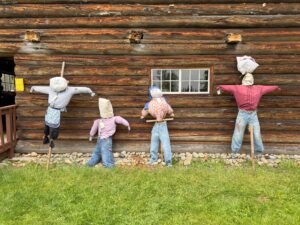
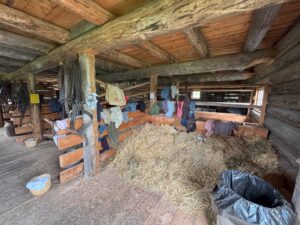
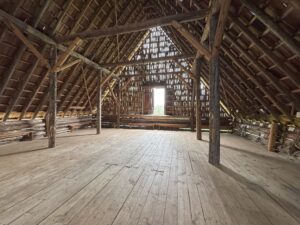
You can also try out a few old games in the area and have a pleasant time with your children in the lush green nature and wide-open areas.
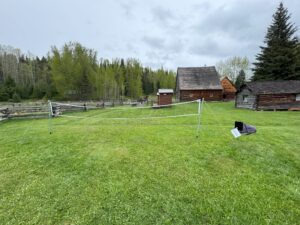
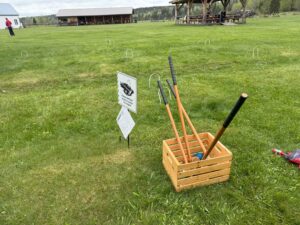
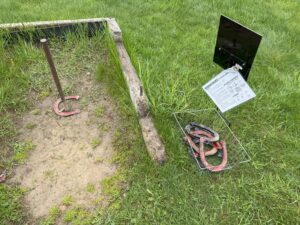
Additional Details
Huble Homestead is open every day from 10 AM to 5 PM. Please note that it is closed during the winter season. There are also different events and tours organized in this historical area. For more detailed information about Huble Homestead CLICK HERE!
If you enjoyed learning about Huble Homestead, be sure to check out my post on Purden Lake Provincial Park for more fascinating local natural beauties!
